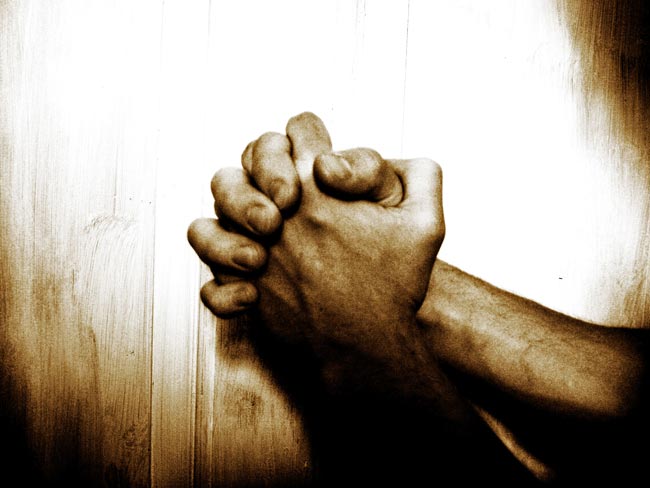God on the Go: How iPhones Are Changing Religion

From the printing press to the radio to the Internet, advances in communication technology have almost always instigated rapid and profound changes in religious practice. The proliferation of mobile devices like the iPhone is currently provoking a similarly profound change, simultaneously allowing worshippers to craft a personal religious environment in an otherwise secular world, but also diluting many practices central to all religions.
Already, hundreds of iPhone apps allow parishioners to bring Bible quotes, Torah-chanting practice and Buddhist prayer wheels wherever they go, allowing them to practice their religions in new times and spaces.
But some religious leaders worry that the inherently isolating and attention-diverting nature of smart phones has created a generation of worshippers unable to fully engage with the sublimation of self and quiet meditation that underlie both the Eastern and Western religious traditions.
“The future is very bright, but we have yet to get our mind around a world were some [people get] their whole religious experience through a device,” said Dudley Rose, the associate dean for ministry studies at Harvard University’s Divinity School. “The challenge then, is how to make wise use of the technology, while at the same time be wary of its potential to be destructive to community and a sense of submission to one's faith.”
Virtual congregation
For many religious institutions, the appeal of mobile devices is their ability to unite a religious community, regardless of the bounds of geography, said James Clement van Pelt, program coordinator of Yale University’s initiative in religion, science and technology.
Pastors post their sermons online; the Dalai Lama maintains an active Twitter feed; and Muslim worshipers can choose whether they want to podcast the call to prayer from the muezzin in Mecca, Jerusalem or Medina.
Get the world’s most fascinating discoveries delivered straight to your inbox.
Worshippers who cannot find their way to their favorite religious institution for services will simultaneously pray alongside their fellow congregation members through their iPhones, confident that the other worshipers are doing the same thing on the other end of the line, van Pelt said.
“Even if I haven't participated in real time with the prayer service, the series of prayers are there in my newsfeed as a reminder,” said Darleen Pryds, an associate professor of Christian spirituality and medieval history at Franciscan School of Theology in TK. “When I do pray in real time with them, I have a sense of a large, international community praying together. It's pretty powerful.”
By allowing the faithful to engage in religious activity regardless of where they are, these apps allow worshippers to create a religious world around them, even if they are physically in a very secular environment, Harvard's Rose said. In this way, smart phones can help serve as a bulwark against a society that increasingly moves religious observance out of public life.
Is iMeditation still mediation?
However, religious leaders who have already tried to conduct services over a mobile device to a geographically scattered audience, and those who have tried to integrate smart phones into a physically unified congregation, say they have noticed a significant difference in how worshippers process the experience.
“I am aware of mobile devices being integrated into religious services, but have found that most people tend to disengage from the experience of communal worship, and there is a nervous, excited energy that pervades the room and takes over,” Pryds said.
For many religions, nervous, excited energy is the exact opposite of the mental state a ceremony is supposed to produce, Rose said.
“Even the people who think they [are great multitaskers] aren't paying as much attention as they think they are. And how do you develop supplication when the very way you are communicating is so fragmented?” Rose said.
This produces a serious problem for religious leaders looking to shore up shrinking congregations with new, younger devotees. Not only do those younger worshippers expect any group activity to include smart phone use, but device multitasking has become such a pervasive part of their life that quiet, paper-text based religious ceremonies seem even stranger and more off-putting, Rose said.
Which is not to say that a device only a few years old spells the end of a human behavior that predates writing, farming and the wheel. Rather, it represents the end of a familiar means of religious worship, and the beginning of a new kind of worship, the form of which no one can reasonably predict or control, said van Pelt.
“The bottom line is if you look at technology and say 'how does this change people going to church?', you miss the point, because religion is a much deeper thing,” van Pelt said.
“Technology changes how people relate to each other, and that's what religion is concerned with.”


